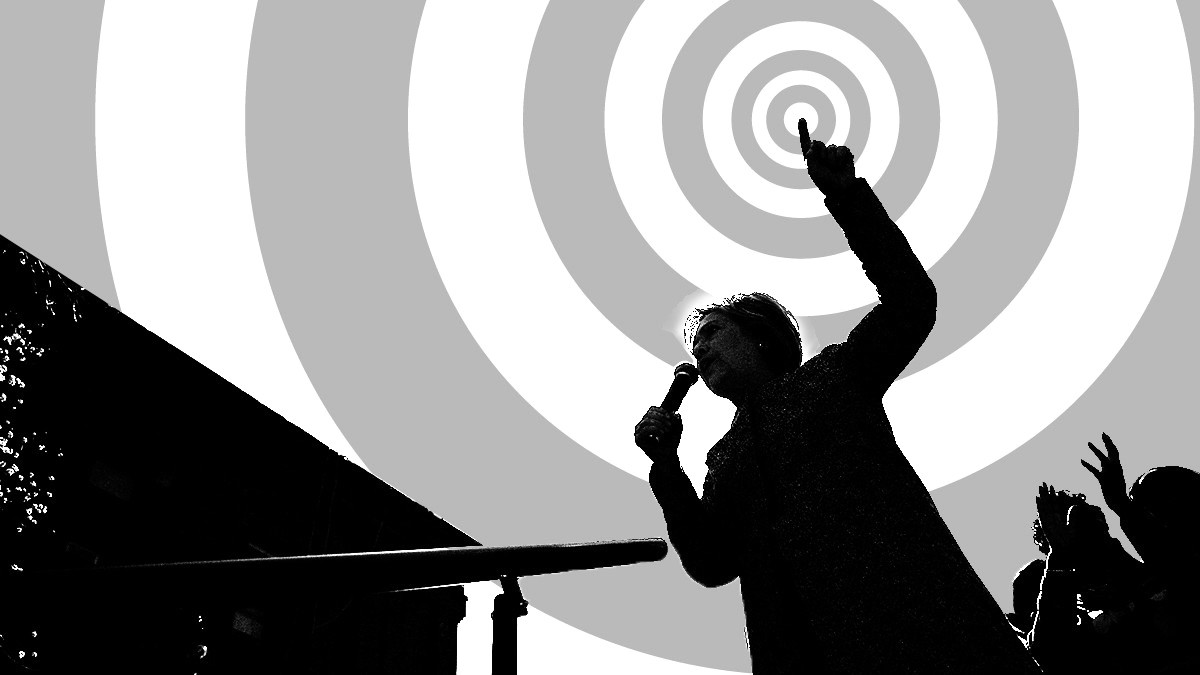This article originally appeared in The Harvard Business Review
For the 2008 presidential race, Barack Obama hired one of Facebook’s early employees, Chris Hughes, to drive the campaign’s technology strategy. Hughes created social tools that saved the campaign millions of dollars and months of grassroots community building, some of which are described in the book Barack, Inc.
Back then however, Hughes’s contribution helped mobilize a relatively small portion of volunteers, those already familiar with social media — mainly young people and early adopters. It’s hard to remember this considering today’s widespread adoption, but the first iPhone only launched in 2007, a few months prior to the start of the campaign; and Facebook had only about 100 million users then, many of them university students.
Today, three out of four American voters have both a smartphone and a Facebook account. How will technology impact the outcome of the 2016 presidential election? In this article, I review three critical aspects to watch: marketing, operations, and profiling.
Digital marketing: for Clinton, it’s a science; for Trump, an art.
Clinton’s use of digital marketing in the 2016 presidential race is similar to the approach used by corporate brands. Brands typically approach digital marketing like a science. They create a digital strategy, develop assets such as websites, emails, ads, and mobile apps, and then continuously monitor performance to optimize user engagement. Clinton’s website features a prominent call to action encouraging visitors to give their email address and uses sophisticated analytics tools to track website visitors. She also has a mobile app that allows people to volunteer, donate, and read about her policy proposals.
Trump’s use of digital marketing, on the other hand, is closer to the approach used by celebrities. Celebrities use their emotional connection with fans to create engaging campaigns, a more artistic approach. Consider: Trump’s website prominently features a picture of him; visitors need to look closely to find a link that lets them volunteer or donate. He doesn’t have a mobile app and doesn’t seem to use any of the most common tracking tools. But he has garnered more Twitter followers, Facebook fans, and airtime on mass media like TV and radio than Clinton (although the tide might just be turning). His celebrity status helps make his content widely popular on social media.
Mobile operations: it saves campaign staff time and money.
“The best way to convince a voter to vote for your candidate is to talk with them one-on-one,” Becky Bond, a Senior Advisor at Bernie 2016, told me.
Even in our digital age, face time is powerful, whether it’s with a candidate or one of their supporters. But digital tools can be a great way to coordinate those in-person events. This year, candidates who have put mobile technology to good use have been able to save significant time and money getting in front of people. Take former candidate Bernie Sanders. His campaign staff relied on mobile technology to streamline operations, and partly as a result, Sanders remained in the race longer than many thought possible based on his resources.
For instance, Sanders’s staff sent volunteers personalized calling lists, as is done in most campaigns. But unlike past campaigns, which set up temporary call centers that cost a lot of money, Bernie 2016 volunteers were asked to contact voters from their own smartphone, saving the campaign millions of dollars.
Sanders’s volunteers also organized rallies without the support of paid campaign staff, an unusual practice in political campaigning because producing successful rallies is a lot of work. But volunteers relied on mobile-friendly technology like messaging service Slack to share knowledge and manage tasks, roles, and responsibilities. This saved a lot of time (deploying paid staff across the country requires planning). An additional benefit is that rallies organized by volunteers were better attended than those organized by paid staff.
“People are more likely to attend rallies if a friend invites them than if they get a generic email from the campaign headquarters,” says Bond.
A Ted Cruz volunteer also told me how they used mobile tools to process financial contributions on the spot, by using apps and hardware like Square’s. While it’s not yet a widespread practice, taking contributions in real-time via a mobile phone could mean that fundraising events would no longer require renting a bunch of credit card readers, a costly practice.
Clinton and Trump campaign staffers have been reluctant to disclose the inner workings of their campaign operations since they are still in the race, so we may not learn about their use of mobile technology until after the election is over. But there’s no doubt that how they use mobile technology will impact how far they can stretch their dollars, and hence how effective their campaign will be.
Big data and voter profiling: the key to voter turnout.
By far the biggest challenge of recent presidential campaigns has been the decrease in party affiliation. According to the Pew Research Group, 39% Americans called themselves Independents in 2014, compared to 30% in 2004. Yet these voters almost always vote in predictable way – they may not want to affiliate with a “team” but they generally aren’t swing voters. That means that campaigns have to parse who among these unaffiliated voters is likely to be on their side, and mobilize those voters as well as turning out their core supporters.
To identify new voters and turn out the base, both Democrats and Republicans are turning to big data technology. “Big data powers mass personalization at scale,” says Herve Pluche, a former executive at SAP. “Almost everything we do can be an indication of our political views: the magazines we subscribe to, the cars we ride, the movies we watch.”
To do that analysis, political parties have become among the most data-hungry organizations. This race is the first one where both Republicans and Democrats get to analyze data on a national scale. Tools such as Deep Root and TargetSmart help allocate such budgets as TV ads and neighborhood canvassing.
Implementing big data architecture is expensive (Cruz spent close to $1 million on his voter profiling initiatives), but it’s worth it. According to expert estimates, the effective use of big data could sway the election’s results by two or three percentage points, which could be decisive if the election is as close as previous U.S. presidential elections have been.
Barack Obama became a two-term president in part by being savvier at the digital side of campaigning than his counterparts. Whether Donald Trump or Hillary Clinton wins in November may well come down to the same thing.

